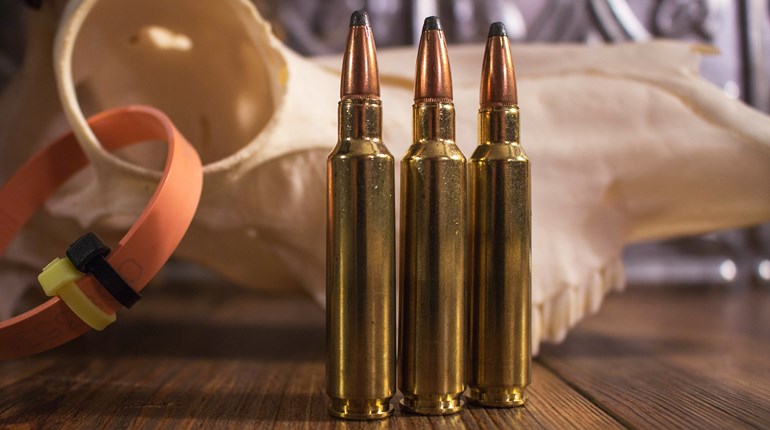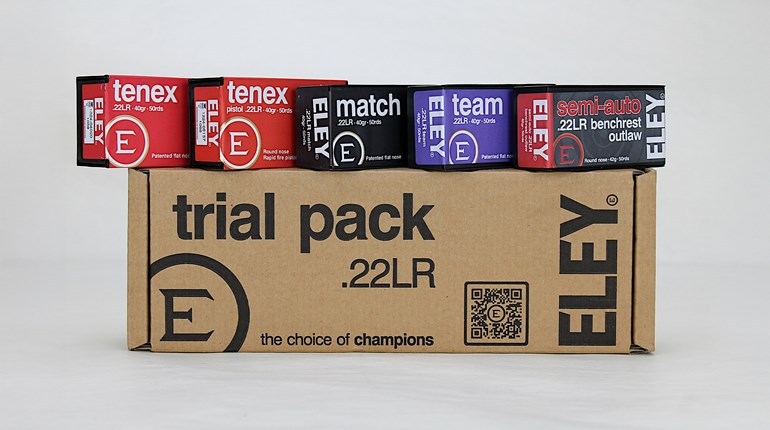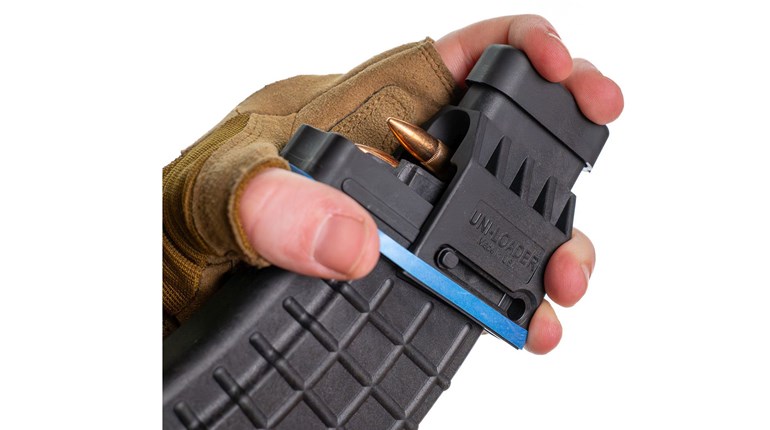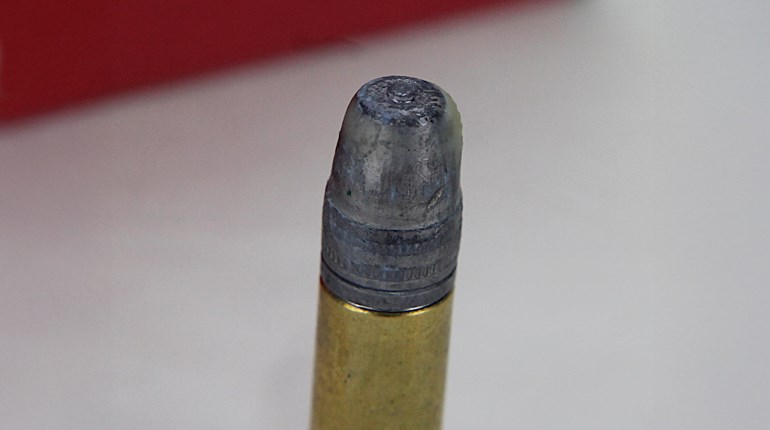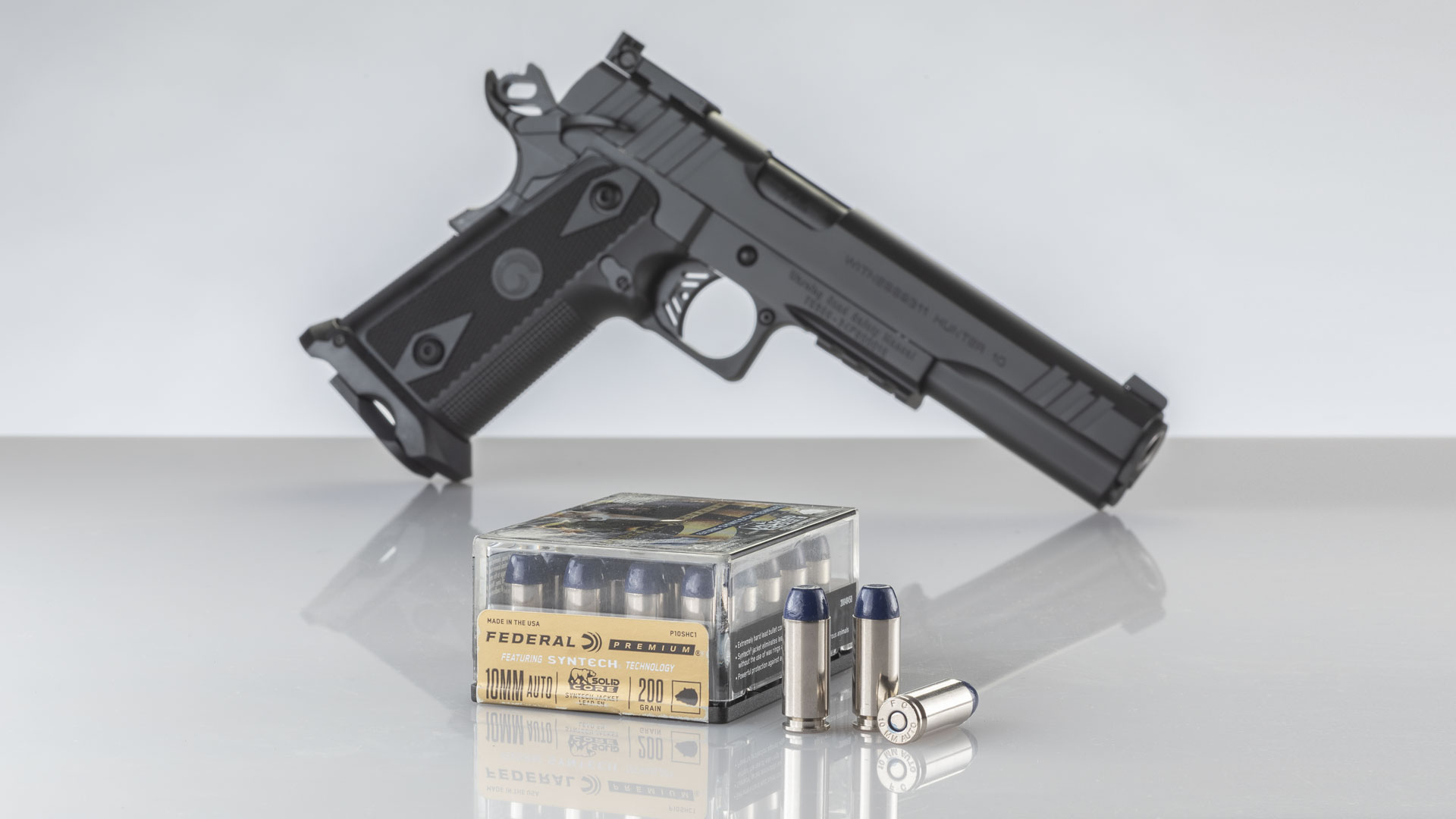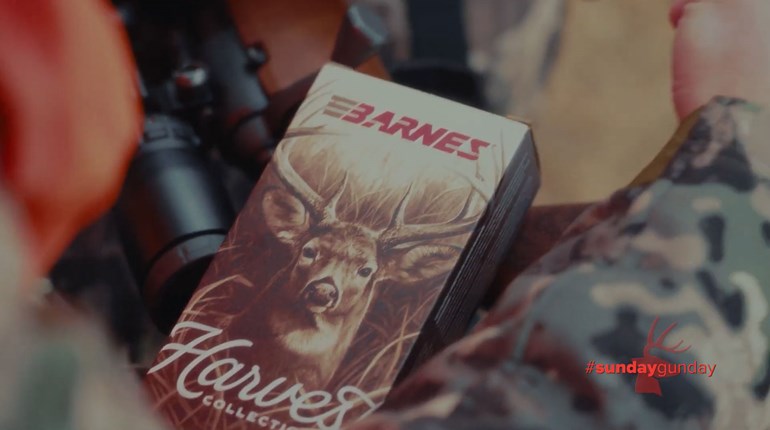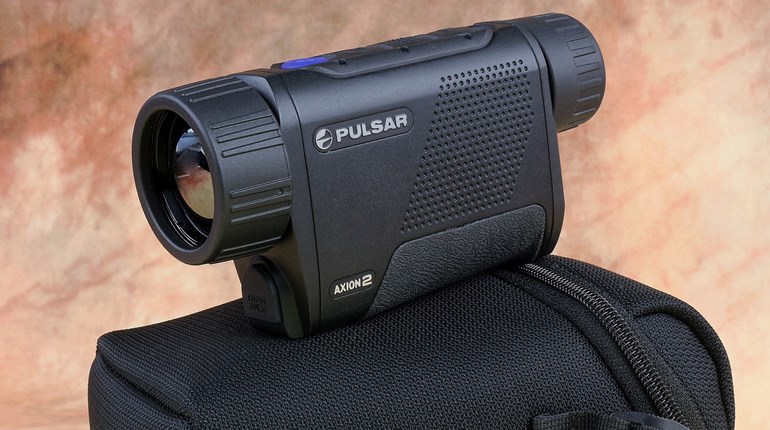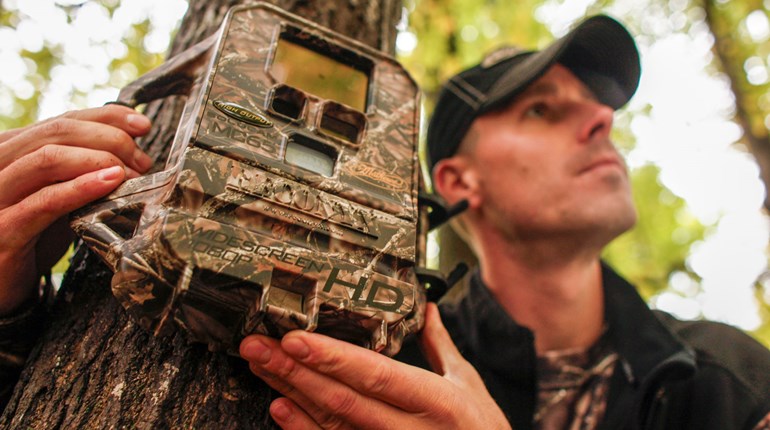
Remington has had an unbridled love affair with the .22 centerfires; I count six cartridges in this caliber that bear the Remington headstamp. While the .222 Remington was the undisputed accuracy king for quite some time, the two most popular are the .223 Remington and the former wildcat .22-250 Remington. We’re all familiar with the abundance of .223 ammunition available, and you should have read a story or two over the years about the accuracy potential of the .22-250, but from a hunter’s standpoint, which one comes out on top?
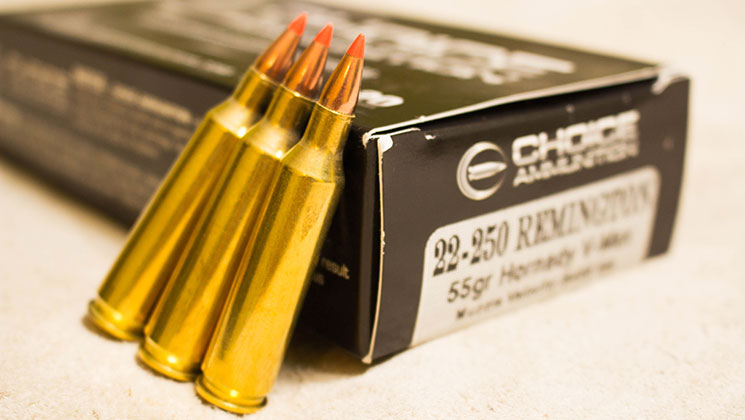
The .22-250 Remington is the older of the pair, being the offspring of the .250-3000 Savage, simply necked down to hold .224-inch diameter bullets. Traditionally credited to J.E. Gebby, the little wildcat was light-years ahead of the .22 Hornet. Using a .473” case head diameter—the same as the .30-06 Springfield and 7x57 Mauser—and a large rifle primer, the .22-250 wildcat offered velocities only slightly less than the larger, semi-rimmed .220 Swift. In short, it’s a screamer, giving a flat trajectory—much flatter than the .222 Remington—and hits prairie dogs, woodchucks, coyotes and foxes very hard. Pushing a 55-grain bullet at a muzzle velocity of right around 3,800 fps, it was a very successful wildcat long before it was ever legitimized. Bruce Hodgdon actually named one of their powders after his favorite load in the then-wildcat cartridge; the spherical H380 powder got its name for Bruce’s 38.0-grain charge under a 55-grain bullet that gave him fantastic accuracy. With plenty of powder capacity and a good 28˚ shoulder, the “.22 Varminter”—as it was so often referred to in its wildcat days—was much easier on throats and barrels than the Swift cartridge. It wasn’t until 1965 that Remington announced the adoption of the wild child; finally there would be a standard set of dimensions and factory ammunition for the world to enjoy.

The .223 Remington was presented to the shooting world in much the same vein as the .308 Winchester; it was a military cartridge (known as the 5.56mm NATO) presented as a sporting cartridge to SAAMI by Remington. Though the external dimensions of the .223 and 5.56mm are identical, there are allowable pressure differences, but for us hunters let’s keep the discussion to the .223 sporting ammunition and the SAAMI-approved allowable pressures. Based on the .222 Remington case, elongated for increased powder capacity, the cartridge was designed to meet the military specification of 3,300 fps muzzle velocity with a 55-grain bullet, in order to give the desired penetrative qualities at 500 yards. The rest is history, with the AR-15 rifle being developed along with the cartridge, and the ensuing successes of both. The .223 was also chambered in many bolt-action hunting rifles, showing fine accuracy. Capable of using the same bullets that the .22-250 and .220 Swift were pushing, the .223 gave a respectable and useable trajectory, with less recoil, in a smaller package.
Which of the two make a better choice for a hunting cartridge? Well, that’s going to depend on a couple of parameters, and your outlook on life. The developers of yesteryear could—or perhaps it’s better to say did not—foresee the heavy bullet trend that is sweeping the industry. For decades, the .22 centerfires were relegated as varmint and predator cartridges; it was common practice to condemn them as deer cartridges, and in that era that was probably good advice. The lighter, frangible bullets which worked perfectly on woodchucks and prairie dogs simply weren’t stout enough to penetrate reliably on deer-sized game. The twist rates of both rifles—in hunting form—were usually 1:12″ or 1:14″, depending on manufacturer. This usually precludes the use of bullets heavier than 60 grains, and in certain instances even they won’t attain stability.

Using bullets suitable for the slower twist rates, say 40 to 55 grains, I’d definitely have to give the advantage to the .22-250 Remington. The 500 fps advantage makes trajectory and wind deflection values favor the bigger cartridge; if you’ve ever compared the two while hunting prairie dogs out to 500 yards or so, you get what I’m talking about. However, there are many rifles available in .223 Remington with faster twist rates; they can be anywhere from 1:10” to as fast as 1:7”, and this changes the entire game. The ability to use the heavier bullets, with their correlative higher Ballistic Coefficients, gives a shooter a definite advantage when distances get truly long. It is this exact principal that has led to the success of the 6.5 Creedmoor, despite its mild muzzle velocity. Therefore, if the heavier bullets that deflect wind so well—and also possess enough sectional density to guarantee penetration on deer sized game—are desired, the advantage goes to the .223 Remington.
Couple those attributes with the fact that you can find ammunition for a .223 Remington at just about every shop that sells any ammunition at all and I’ve got to give the edge to the .223. I dearly love the .22-250, and have used one for nearly two decades, but my rifle is primarily used for shots on woodchucks, coyotes and foxes inside of 300 yards, and I use a heavier caliber for my deer hunting due to the possibility of black bears. If the manufacturers happen to be reading this—and I hope they are—please offer a .22-250 with a 1:7″ twist. It will preclude the use of the lighter 40- and 45-grain bullets, but what a long-range cartridge it would make when coupled with the 80- and 90-grain bullets!












